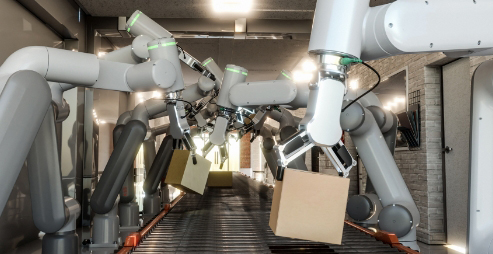
Lean manufacturing is a production philosophy to reduce waste and increase efficiency by maximizing customer value. One tool to achieve the goals of lean manufacturing is AI vision systems. These systems use artificial intelligence and machine learning algorithms to analyze images and videos and extract valuable insights.
In this article, we’ll dive deeper into the role of AI vision systems in lean manufacturing.
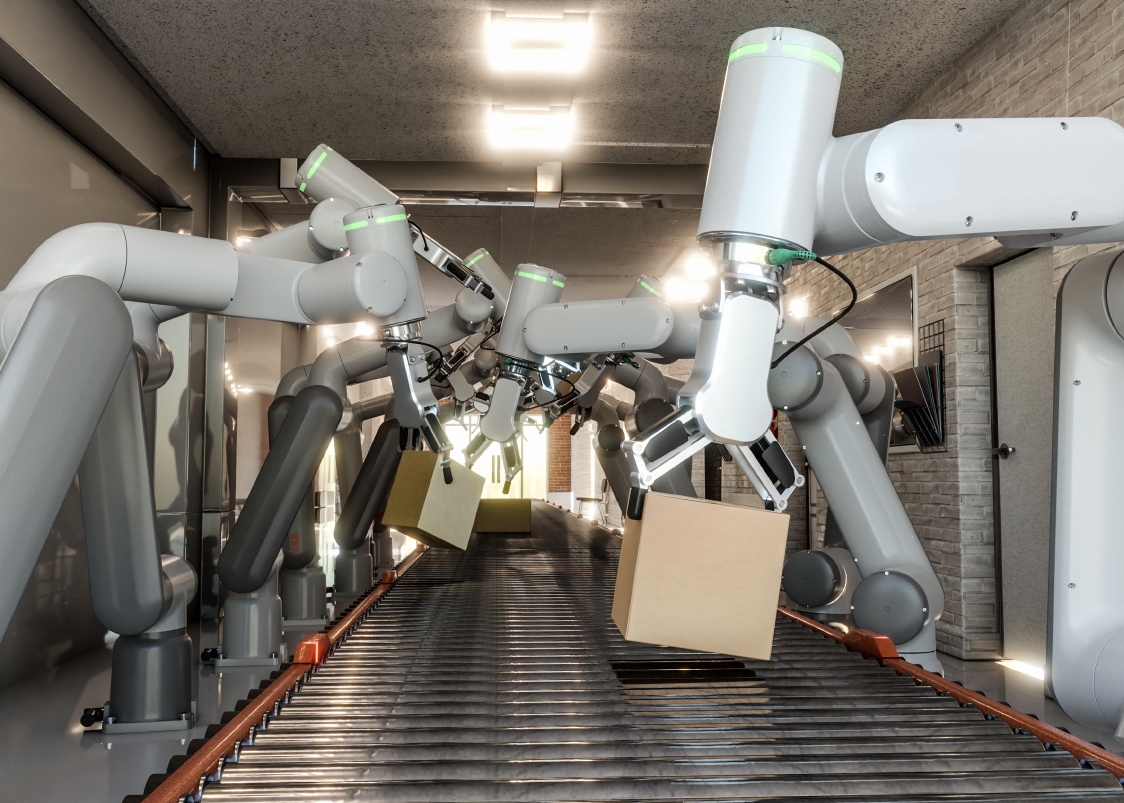
Here are some ways AI vision systems help improve lean manufacturing processes:
Check out all the hardware we use for our systems!
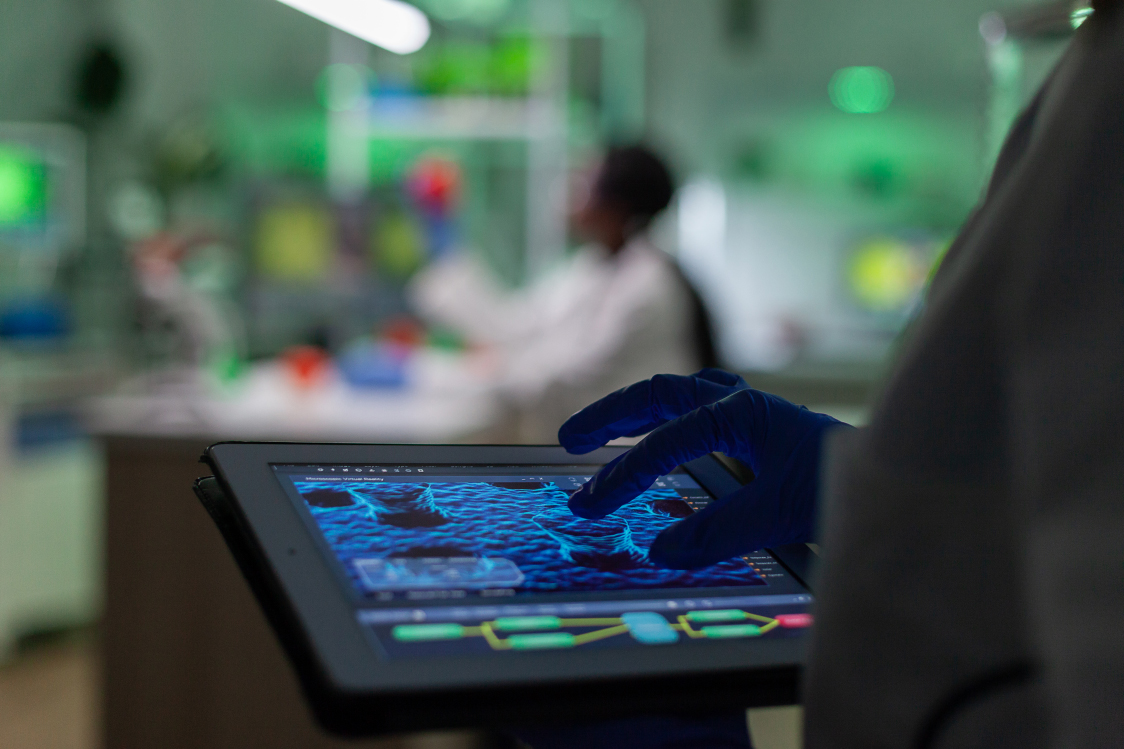
Identify Areas for Improvement
Look for areas where AI vision systems can provide the most value, such as quality inspection, assembly line monitoring, or predictive maintenance
Assess Existing Processes
Assess existing processes to determine how AI vision systems can be integrated without disrupting operations.
Determine Data Needs
Determine what data the AI vision system needs to work effectively, such as images, sensor data, or other inputs.
Select the Right AI Vision System
Select an AI vision system that suits the specific needs of the integrated process.
Integrate the System
Integrate the AI vision system into the existing process by connecting it to the relevant equipment and software and testing it to ensure it works effectively.
Interested in our services? Here is our pricing list.
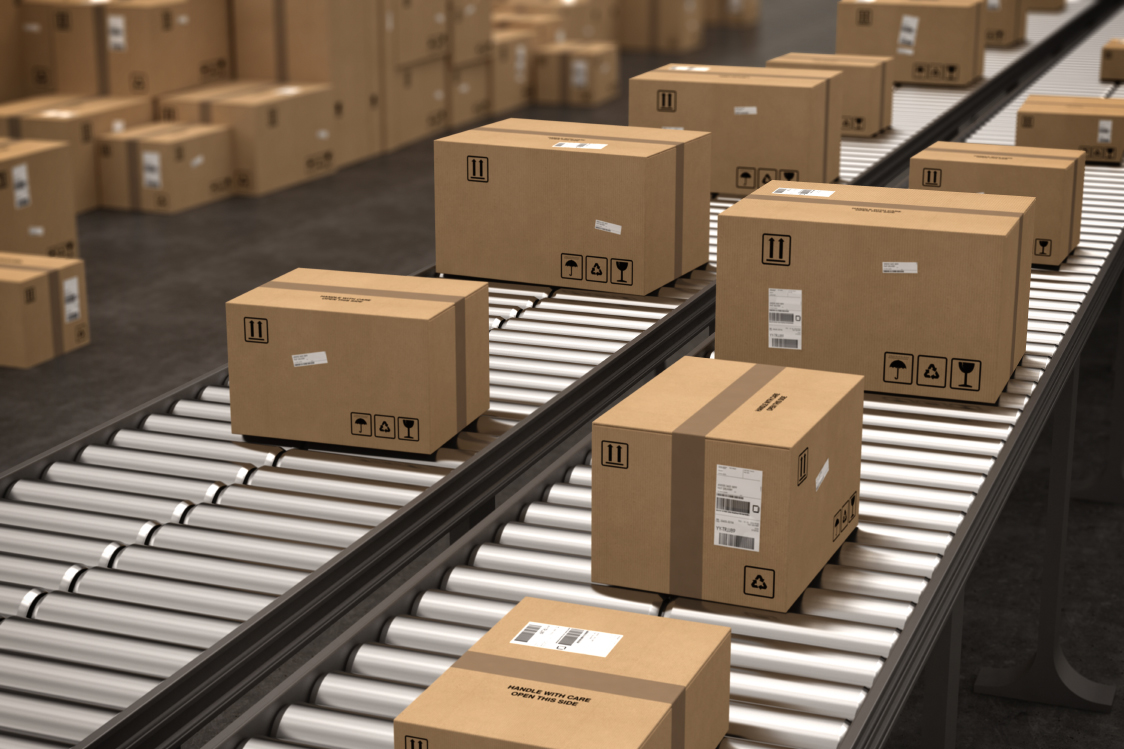
AI vision systems are excellent at identifying waste and inefficiencies in lean manufacturing processes. One way that AI vision systems achieve this is through real-time monitoring. By constantly monitoring the production process, AI vision systems can detect abnormalities and anomalies that indicate waste or inefficiencies.
By identifying these issues in real time, production managers can take action immediately, preventing more waste from being made.
Reducing scrap rates and rework is critical in lean manufacturing because it affects production costs and efficiency. AI vision systems can detect defects early in the production process.
AI vision systems also help reduce scrap rates by automating the sorting of defective products from non-defective products. This reduces the amount of scrap produced, as well as labor costs.
A closer look into how Flexible Vision’s AI machine vision software and hardware application works.
First and foremost, real-time data analysis enables predictive maintenance. AI vision systems predict equipment failures and maintenance needs by analyzing data from sensors and other sources in real time.
Real-time data analysis optimizes production processes by spotting inefficiencies and allowing real-time adjustments. For instance, an AI vision system may detect a bottleneck in the production process and recommend adjustments to improve it.
Finally, real-time data analysis allows for continuous improvement of lean manufacturing processes. By giving ongoing feedback and insights into production processes, AI vision systems guide production managers in identifying areas for improvement.
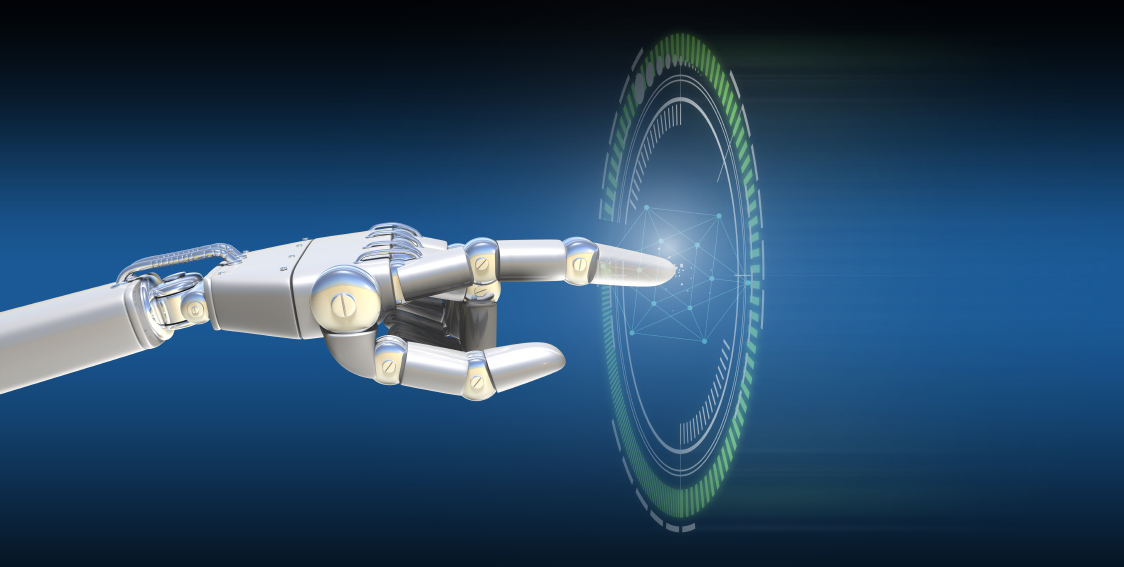
Toyota implemented AI vision systems in its manufacturing plants to address issues brought about by the pandemic. The systems used machine learning to analyze images of vehicles during production and identify any defects or abnormalities in the paint, body, or other parts.
By addressing issues earlier in the production process, Toyota reduced waste and improved efficiency while minimizing the need for manual inspections.
Bosch, a leading global supplier of technology and services, integrated AI vision systems into its manufacturing processes to improve quality and reduce waste. Again, the systems used machine learning to analyze images of components and identify any defects. As a result, Bosch eliminated the need for manual inspections and reduced scrap rates while also improving product quality and customer satisfaction.
Find out why businesses trust us for their quality control needs!
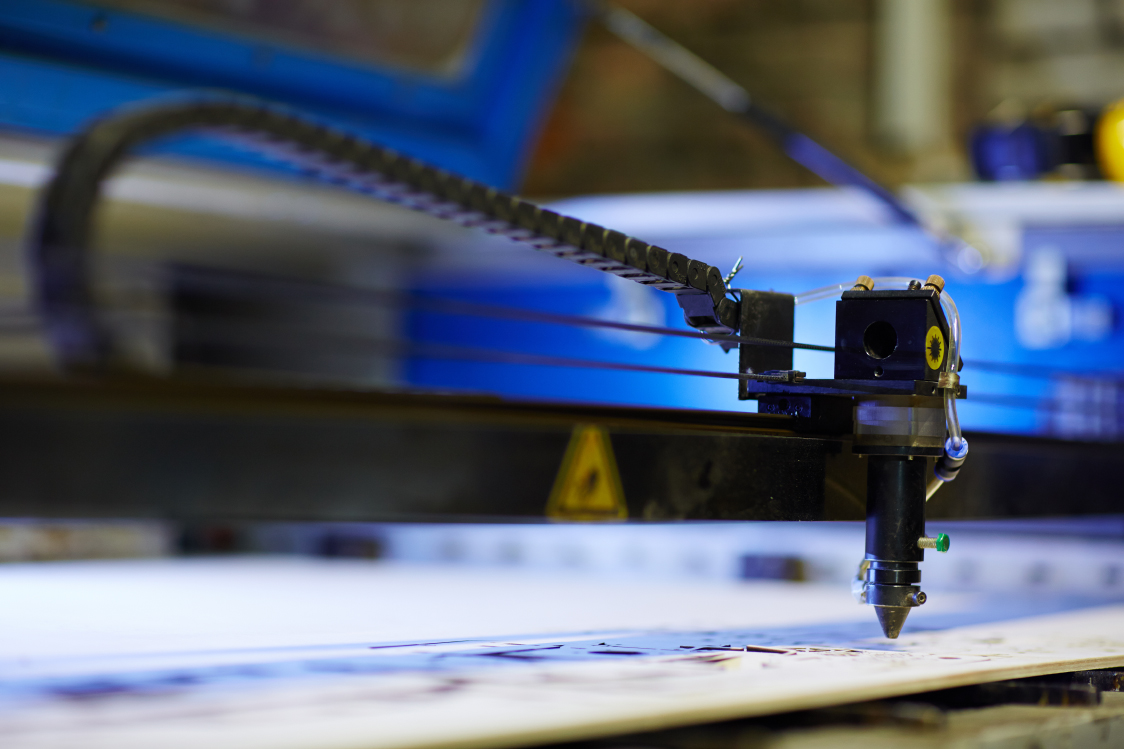
As with any investment, it’s essential to do a cost-benefit analysis before implementing AI vision systems in a lean manufacturing environment. This analysis should consider the upfront costs of purchasing and integrating the systems and ongoing maintenance and operational costs. It should also consider the benefits of higher efficiency, lower waste, and improved quality.
When investing in AI vision systems for lean manufacturing, consider how these systems will integrate with existing systems and equipment. This includes data compatibility, communication protocols, and hardware compatibility. Ensure that the AI vision systems are compatible with existing systems and that any necessary changes are made to ensure seamless integration.
AI vision systems can only be effective if adopted and used by the equipment’s staff. That’s why training employees to use and interpret the data generated by AI vision systems is essential. It’s best to communicate the benefits of the systems to employees to encourage adoption.
AI vision systems can generate lots of data, which can be sensitive and proprietary. Implement security measures to protect this data from theft or restricted access. This includes measures such as encryption, access controls, and monitoring.
As with any technology, AI vision systems for lean manufacturing continually evolve. Therefore, think of future developments when investing in these systems. Some potential developments include integrating AI vision systems with other Industry 4.0 technologies, such as IoT and big data analytics, and developing more specialized AI vision systems for specific manufacturing applications.
Moreover, we‘ve explored the role of AI vision systems in lean manufacturing and how they help reduce waste, improve efficiency, and enhance quality control processes. Looking to the future, it’s clear that the use of AI vision systems in lean manufacturing will continue to evolve.
At Flexible Vision, our executive team comes from 20+ years in the automation and vision world and has experienced the challenges of traditional vision systems on production lines. With an understanding of the industry’s needs, we’re here to help you make quality control a breeze.
Schedule a live demo with us to learn more.
AI vision systems help reduce scrap rates and rework by identifying product defects in real time, allowing manufacturers to address any issues quickly.
Some key considerations include compatibility with existing systems and equipment, staff training, security considerations, and the cost-benefit analysis of implementing these systems.
Potential future developments in AI vision systems for lean manufacturing include using machine learning algorithms to improve system accuracy and performance, integrating AI vision systems with other Industry 4.0 technologies such as IoT and big data analytics, and developing specialized AI vision systems for specific manufacturing applications.